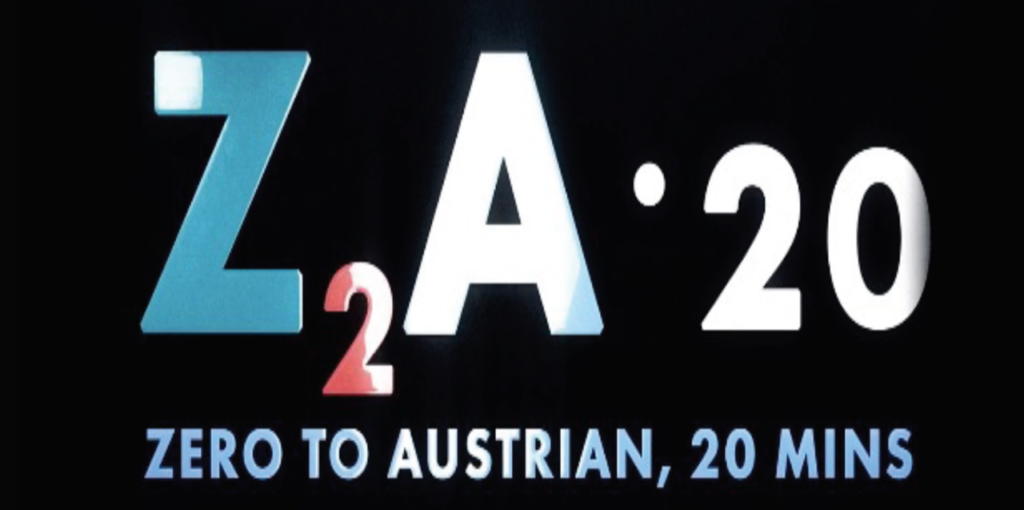Nearly everyone I know who uses Uber is, like me, mightily impressed by this transportation service. It makes transportation within urban and suburban areas far less pricey and far more convenient than it was in the pre-Uber-era dominated by government-regulated taxicabs.
Uber is a boon to consumers and to people who work as drivers.
Uber is a shining example of creative destruction – in particular, in this case destroying not only an older, established way of serving consumers but, more importantly, destroying the government-granted monopoly privileges that that older, established way enjoyed.
Douglas Rushkoff, however, is unimpressed with Uber. In his new book,
Throwing Rocks at the Google Bus, Rushkoff alleges that the true monopolist is Uber, the success of which “involves destroying the dozens or hundreds of independent taxi companies in the markets it serves” [p. 86]. It is significant that in this book Rushkoff never mentions the entry restrictions and other government-granted privileges that protect traditional taxicab owners from competition.
So what evidence does Rushkoff present for this counterintuitive (to say the least) proposition that Uber, by using new technology to destroy a long-entrenched monopoly, is itself a lamentable, monopolizing development? None – at least no evidence that any economist would regard as relevant or as supporting Rushkoff’s proposition.
Rushkoff dislikes Uber because it is aggressive (and because it doesn’t promote as much personal connection as he’d like between drivers and passengers [!]). He hypothesizes – or, rather, asserts – that Uber somehow must monopolize all taxi service for it to succeed. Rushkoff’s economic theory for this alleged requirement for complete domination by Uber is vague. Here it is (pages 86-87; original emphasis):
Creative destruction? Perhaps – but with a twist: the new businesses of the digital era aren’t stand-alone companies like stores or manufacturers but, as they say, entire platforms. This makes them capable of reconfiguring their whole sectors almost overnight. They aren’t just the operators – they are the environment.
To become an entire environment, however, a platform must win a rather complete monopoly for its sector. Uber can’t leverage anything if it’s just one of several competing ride-sharing apps. That’s why the company must behave so aggressively.
The best that I can make of this word salad is that Rushkoff assumes that a ride-sharing app has all the properties of a natural monopoly – that is, as its customer base expands its cost of serving each customer falls, and that this relationship between expanding customer base and falling costs continues to hold until all customers are served by one company.
Overlook
problems with the very notion of natural monopoly. What reason is there to believe that the cost of supplying ride-sharing services with apps, as Uber (and Lyft) do, is minimized when only a single such service serves the entire market? I can think of none.
More importantly (because my imagination, being limited, hardly supplies a definitive test), Rushkoff offers no such reason. He merely asserts it. Rushkoff’s assertion, in turn, springs from an illogical inference that he draws from Uber’s aggressive effort to expand its ridership. He infers that, because Uber is aggressive, not only is Uber intent on “becom[ing] our delivery service, errand runner, and default app for every other transportation-related function” [p. 87], but also that Uber is destined to succeed in this quest unless and until the rules of the traditional free-marketplace are rewritten. But of course any company worth the weight of its corporate charter wants as large a market share as it can possibly achieve and will act aggressively in pursuit of that as-large-as-possible market share. That’s what competition is supposed to incite firms to do! It doesn’t follow, though, that this widespread desire and attendant action result in genuine monopoly power. As long as competition is channeled toward pleasing consumers rather than toward pleasing politicians, genuine monopoly power is practically impossible. (Good luck finding a single historical example of consumer-harming monopoly power that is not rooted in government grants of special privileges to incumbent producers.)
Again, Rushkoff is characteristically unclear here. I infer from his word salad that he has in mind some problem akin to natural monopoly, but that inference might well be mistaken.
How ironic that one of the most successful monopoly-destroyers of recent years – Uber – is demonized by Douglas Rushkoff as introducing monopolization into the market that this company has, in fact, made genuinely competitive for the first time in decades. How ironic that a supposed enemy of The Man – an energetic crusader for economic ‘justice’ – a visionary theorist of the future – laments the destruction of the decades-old cronyism of taxicab monopolies as he peddles baseless myths about the technology and the company that has done the most to finally put an end to this cronyism.






